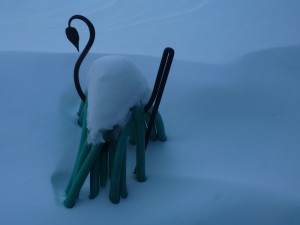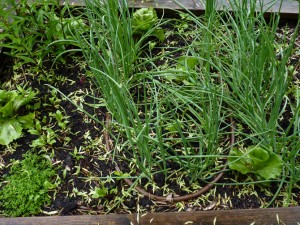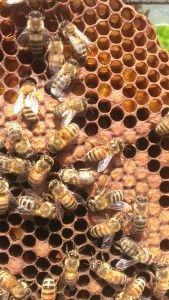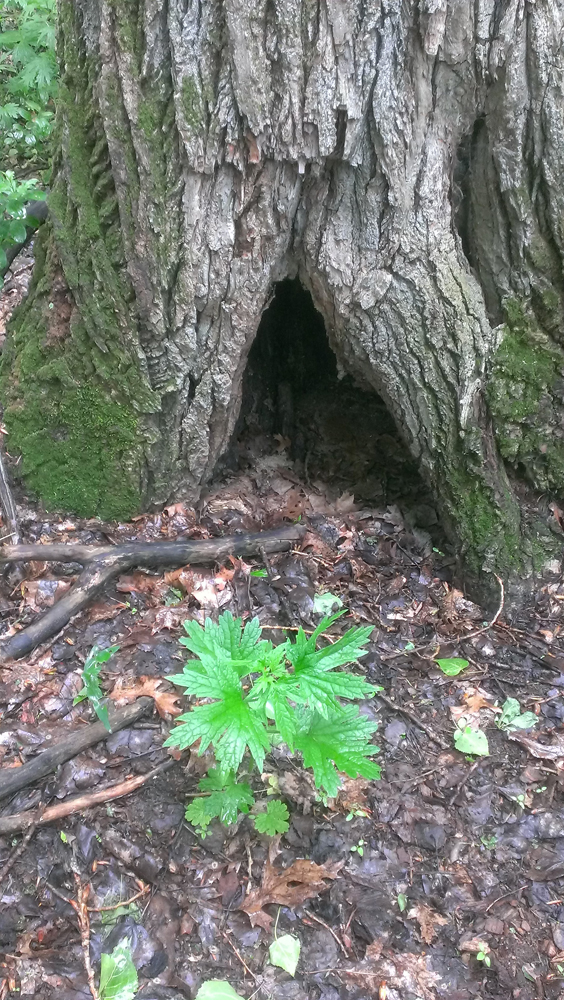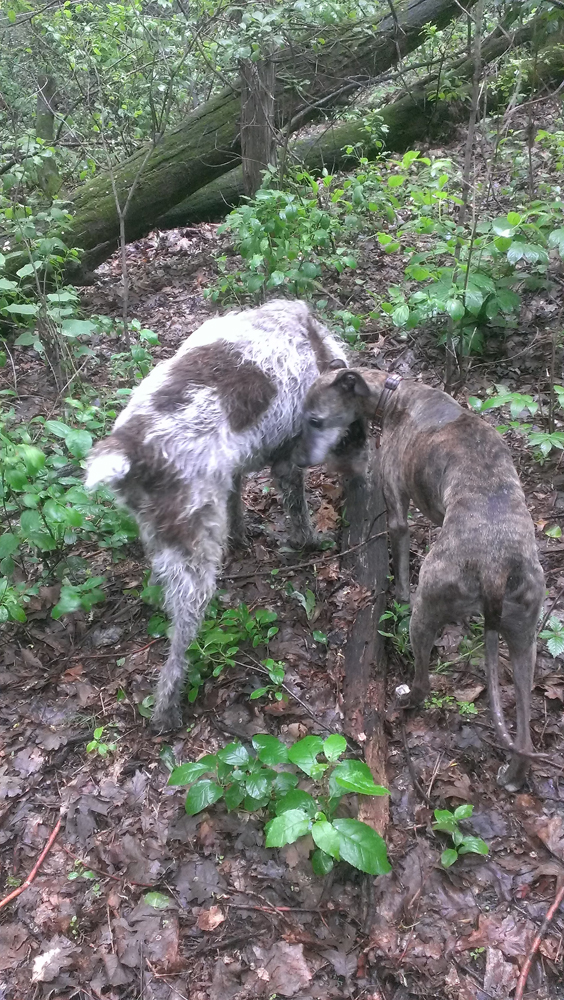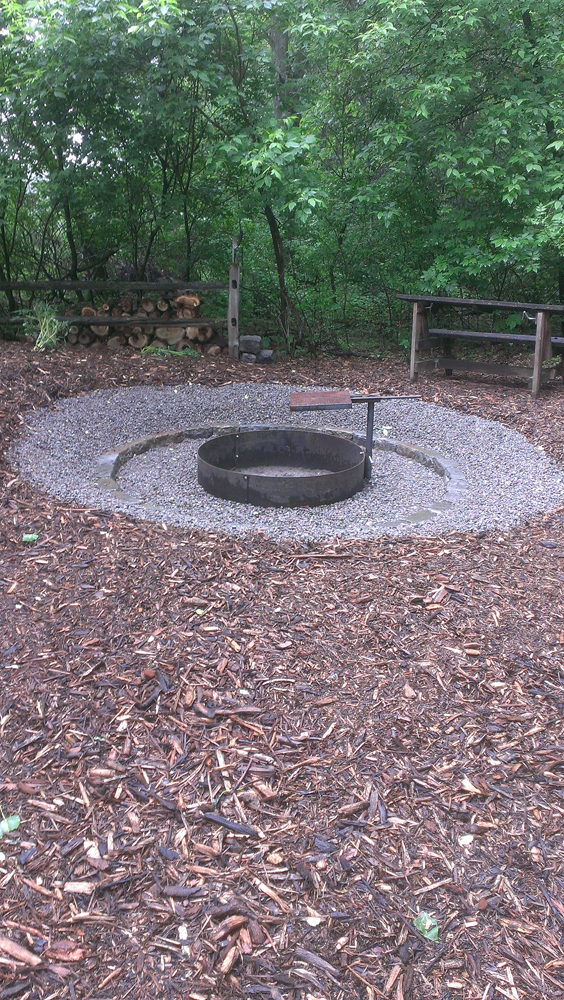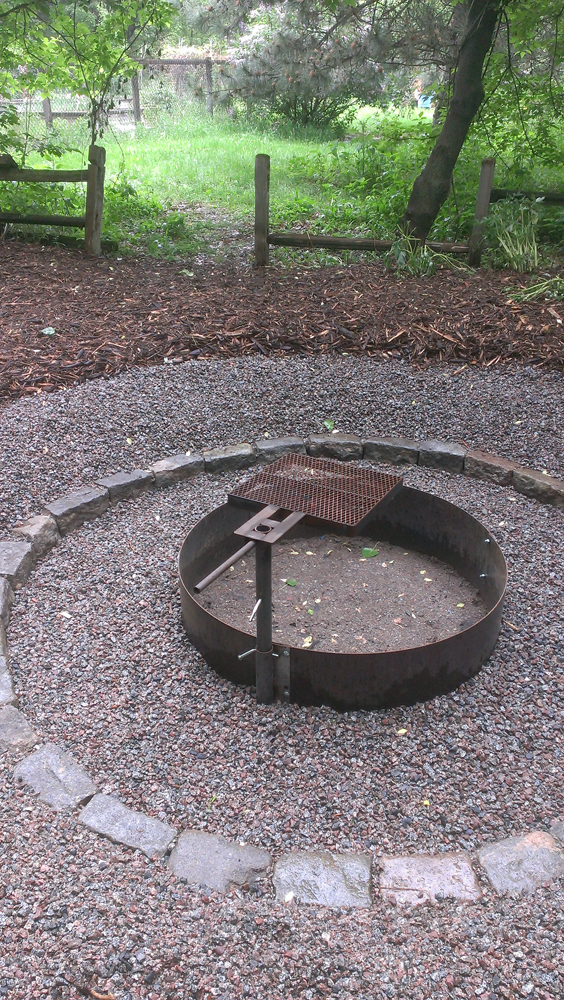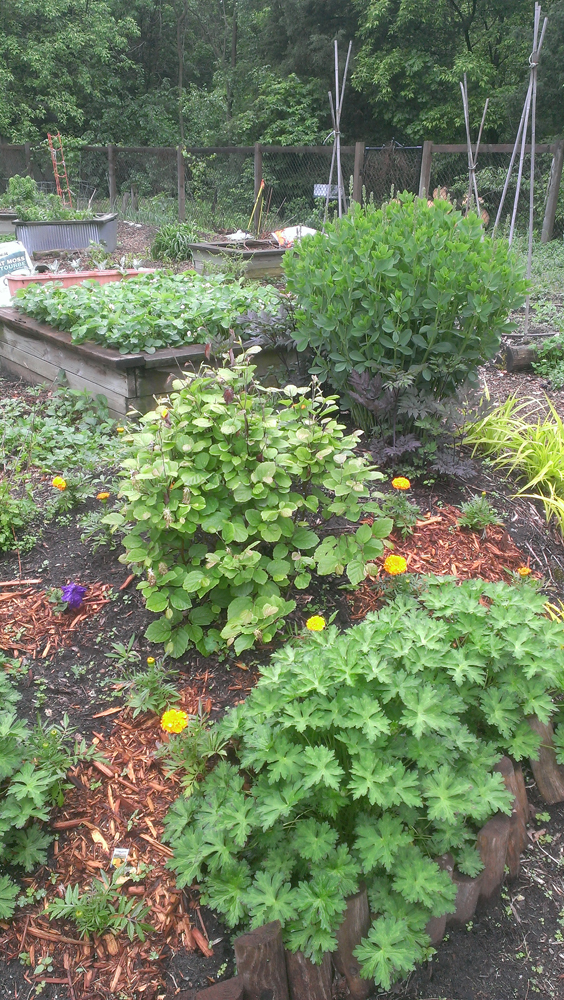Beltane Solstice Moon
The earth has reached the point in its orbit where its tilt reaches toward the sun. This is one solstice, the solstice of leaning toward. At the solstice of leaning toward, the sun reaches its highest point in the sky. Heat begins to build and will continue to do so after the solstice even though the arc of the day has begun to diminish and the arc of the night to expand.
This solstice can be seen as a moment of extravagance, of the sun blessing us with its bounty. (though it must be observed that the sun spends itself without discrimination as regards our home. it is, rather, our capture of more of its expenditure that defines the season) In that regard we can look into our lives for those blessings, those extravagances that assert themselves right now, throwing heat and light into our days.
The summer solstice begs us to enjoy them. Grand kids shine their innocence, a brilliant beacon, into us and in the reflection of that innocence we find ourselves restored. We can wonder whether astronauts have tushies, read books all the time, giggle at negative numbers, shoot long threads of silly string over the forest, smile or even act mischievously in that ingenuous way kids have.
The garden’s green and growing things: carrots, lilies, iris, beets, leeks, hosta, juniper, kale, chard, sugar snap peas, lilacs, hydrangeas, ferns, cucumbers, tomatoes, peppers, asparagus, strawberries, rhubarb, raspberries, daisies, peonies, bug bane and begonias. The orchard with hundreds of apples, cherries, plums and pears, currants and blueberries, gooseberries. What a cornucopia. And the bees, working at building their colony. This is life throwing itself away for the life of others, a joint dance with humans and plants and animals in it together.
23 years of marriage. A wondrous extravagance, giving that many years and promising that many more. The time, the memories, the trust, the hopes, the suffering, the joy. Yes.
This is the time to say yes. Yes marriage. Yes garden. Yes grand children. Yes home. Yes state. Yes earth. Yes sun.
This is the time to lean towards. To react with great warmth. To shine as brightly as you can. Wherever you can. Yes.

